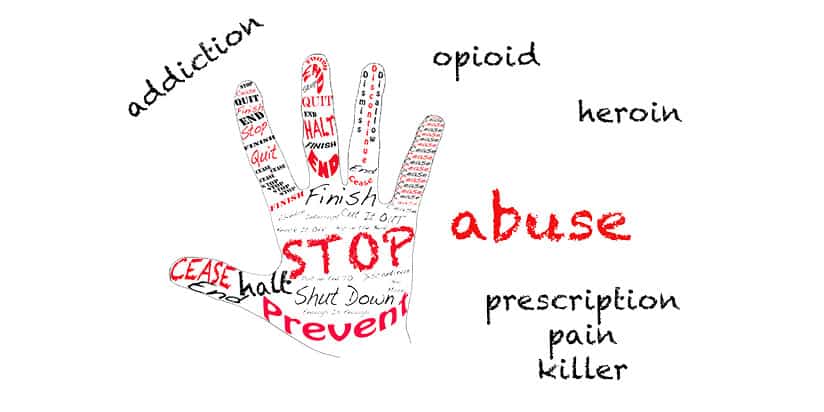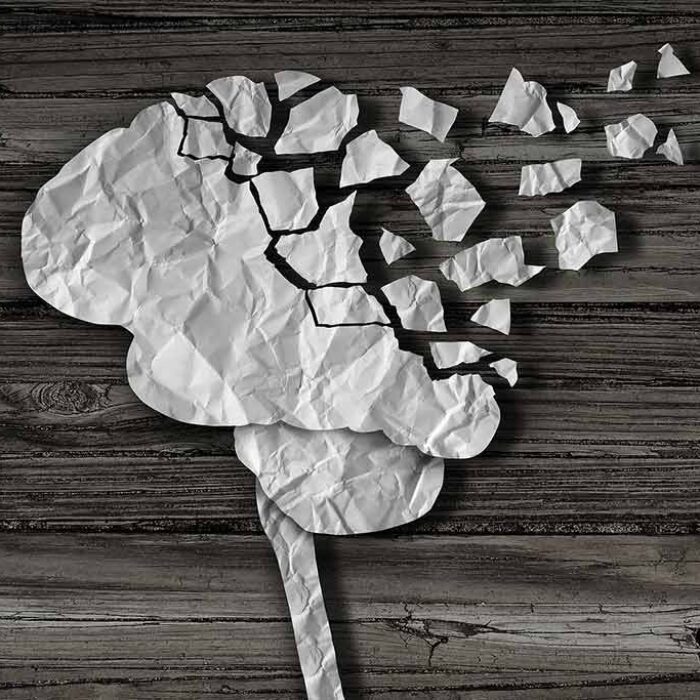Opioid addiction is a treatable and reversible condition. However, to understand what opioid addiction is, you first need to learn what are opioids and what changes it created in your body.
What are opioids?
Opioids are drugs, which acts on the central nervous system (CNT). It relieves pain, by lowering the number of signals the body emits to the brain. Another critical point to realize is because opioid drugs also produce euphoria, they are often misused and are at high risk to cause dependency and addiction.
Example of opioid drugs include:
- opium
- Buprenorphine
- codeine
- fentanyl
- heroin
- hydrocodone
- hydromorphone
- methadone
- morphine
- oxycodone
- oxymorphone
- sufentanil
- tramadol
What causes an Opioid Addiction?
Addiction is described, as a disorder characterized by the compulsive use of drugs in spite of its negative consequences. However, most people become physically dependent on their prescription medication through no fault of their own. Additionally, regular use of opioid medications, generally leads to tolerance.
What is Tolerance?
Drug tolerance occurs, once your body gets used to the continued effects of the drug. As a physiological tolerance happens, people need to escalate their dosage and level of use, to achieve the same original results. Over time the drug effects on the brain compromise every aspect of your life, including behavior. Also, drug dependence can lead people to engage in risky behavior, which consequently becomes an opioid addiction.
Some physical signs of opioid use dorder includes:
- Elation/euphoria.
- Sedation/drowsiness.
- Confusion.
- Constricted pupils.
- Slow breathing.
- Nodding off.
- Constipation.
- Loss of consciousness.
Other behavioral signs of opiate addiction include:
- Doctor shopping (getting multiple prescriptions from different doctors).
- Mood instability.
- Social withdrawal/isolation.
- Secrecy
- Constant body aches and illnesses requiring pain medication.
Long-term symptoms of opioid addiction can also cause:
- Weakened immune system.
- Major Depressive Disorder.
- Gastric problems ranging from constipation to more severe bowel perforation.
- Medical issues, secondary to intravenous administration ( localized abscesses, infection, contraction of blood-borne diseases).
- Significant respiratory depression.
Addiction to opioid drugs is a reversible an treatable condition. In order to achieve successs, it is important to learn about each treatmnet and available detox options.
Opioid Addiction Treatment Options
Opioid addiction and dependence is a condition that results from changes in the brain due to prolonged drug use. Once an opioid addiction has developed, escaping the cycle of cravings, withdrawal and relapse is typically an arduous process. Not many people can overcome opioid addiction on their own, and a medical detox is often the best place to start treatment. Detox involves withdrawing from the opioid in your system. This phase can be challenging when not under the supervision of a medical team.Exceptional Care, Better Outcome, Get In Touch With Us Today
Medical Opioid Detox:
Detox involves withdrawing from the drug. This phase can be extremely challenging, and a medical team should manage it. An inpatient medical detoxification can significantly ease the discomfort from coming off narcotic painkillers or heroin. A medical facility can also safely care for patients with additional medical issues. People with common health issues such as hypertension, obesity, and diabetes can be at much higher risk for complications throughout an unsupervised or outpatient detox.
One of the most successful medical opioid detox available is the Waismann Method®. In essence, the treatment center provides patients, the availability of an accredited hospital; board-certified physicians, mental health professionals, and private surroundings. It is one of the only centers that specializes in opioid addiction worldwide, and it maintains one of the best success opioid detoxification, in history.
After detox, patients can immediately start a regimen of Naltrexone or Vivitrol. Both of this medication is not addictive and dramatically helps patients control cravings and re-regulate brain chemistry the chemical imbalance.
Other options commonly used, do not provide a high level of success and often require a lifetime commitment. Some are:
Drug Rehab
Drug Rehab or Residential Treatments typically lasts anywhere from 30 to 90 days. Much of the time is devoted to peer support including group therapy, 12 step meetings and other activities to help promote recovery. However, the success rate is quite low, especially for opioid-dependent patients. Rehabs focus on general addiction; they concentrate on the behavior. Some facilities are gender or age specific, while some can be faith-based. Regardless, most rehab programs are run by ex-users with little or no understanding of the physiology of each individual.
MAT or ORP
Medication-assisted treatment (MAT) and opioid treatment programs (OTPs), combines behavioral therapy and maintenance medications to manage substance use disorders. We cannot necessarily consider maintenance drugs, detoxification, because healthcare professionals maintain patients on a daily dosage of opioids, such as Suboxone (Buprenorphine) or Methadone.
Outpatient Addiction Treatment
Outpatient facilities allow patients to come in for treatment and return home at the end of the day. This method of treatment allows someone to continue to work or fulfill other daily responsibilities while receiving partial treatment.
Outpatient programs can vary from all-day treatment to an hour or two a day. Costs are usually much lower than those of inpatient care because of the fewer services patients receive and insufficient staff hours provided indirect supervision.
The US is presently in the midst of an opioid crisis.
The Best Opioid Addiction Treatment Program
When considering the right addiction treatment, the first task should be to determine the level of your medical and emotional needs. Secondly, you should decide if privacy, comfort and available medical resources are some of your priorities. Finally, learning as much as you can about available opioid addiction programs, can improve the chances that the chosen treatment will work for you.
Fortunately, the Waismann Method’s medical detox has effectively helped thousands of patients overcome the opioid detoxification phase, comfortably and privately. Additionally, the center is widely known as one of the premier opioid addiction treatments in the world. Located only in Southern California, Waismann treatment offers a variety of hospital-based inpatient procedures and programs. We provide opioid addiction treatment options such as anesthesia-assisted rapid detox, to other modified medical detoxification methods. Furthermore, patients k have the opputunity to recover in an exclusive retreat, with around the clock professional care.
Our total required stay is usually 5 to 10 days. Namely, this includes time spent in the hospital and recovery center. The goal of the Waismann treatment team is to provide the most effective and compassionate treatment experience. Also, our patients achieve an extraordinarily high success rate. Our team always put compassionate care and responsible medicine, over blame and punishment. Consequently, we offer our patients unsurpassed safety protocols, professional excellence, comprehensive and individualized treatment plans. We are here to help seven days a week.
To receive more information about the Waismann Method advanced opioid addiction treatment options, please call us today at 1-310-205-0808.














